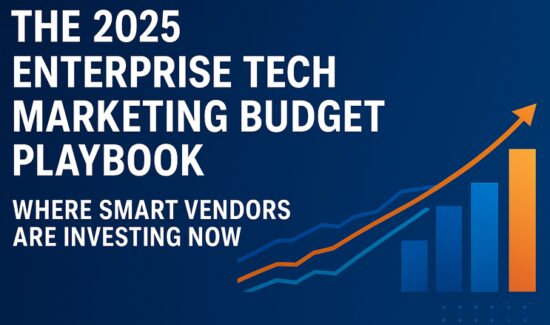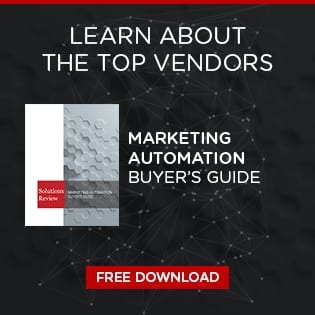Five Strategies for Reducing and Avoiding Email List Churn


Building and maintaining a healthy email list can be difficult. You want to spread the news and gain as many subscribers as possible, while at the same time gaining quality leads that will interact with your content and organization. But avoiding email list churn is easier said than done. Getting 500 subscribers doesn’t matter if those 500 subscribers don’t read any of your emails, don’t buy any of your products, or end up unsubscribing at the end of the the month.
Churn can generally be categorized in two different ways: opaque and transparent churn. Transparent churn refers to customers who unsubscribe from your emails on their own, as well as hard bounces and people who have reported your messages as spam. Opaque churn refers to customers who don’t open your emails, regardless of their reason. It’s important to address both types of churn, but you’ll need a couple of different strategies to tackle different problems. Avoiding email subscriber churn can be quite difficult, but luckily the editors at Solutions Review have come up with five different strategies to address this problem.
Experiment With Single and Double Opt-Ins
Single opt-ins are a simple and easy way to add people to your email list. People can sign up without any hassle, and without giving too much personal information away. At the same time, this kind of fast, large-scale signups can result in low quality or fake email addresses. Consider adding double opt-ins to secure more high quality leads and email addresses. If a potential customer agrees to go the extra mile and confirm their desire to subscribe to your email list, you can be much more confident in their dedication to your organization. You’ll be less likely to experience spam complaints, and will lower your unsubscribe rates. This doesn’t mean that you should get rid of all your single opt-ins, just make sure that you’re mixing it up and giving your customers a little bit of everything.
Segment Your Email Lists By Various Factors
Nothing feels more impersonal than signing up for an email list or a stream of content, and receiving dozens of messages that you have no interest in. A large portion of customers will unsubscribe from your campaign if they feel like the content they’re receiving isn’t relevant to their industry or interests. In order to create targeted, personalized emails, you should segment your subscribers. Divide them up by interests, industry, demographics, or any other conceivable category that is related to both your organization and your customers. Sending unrelated emails to people who don’t want them will just clog up their inbox and make them unsubscribe.
Actively Seek Out Customer Feedback
Keeping track of different statistics can only get you so far. In order to improve future email campaigns and better address the needs of your customers, consider embedding surveys in some of your emails. This will help you get all kinds of information about your customers, such as demographics, interests, and their reasons for signing up for your email list. It’s also a good idea to put a feedback survey in any automatic unsubscription email response. Finding out why people have stopped taking an interest in your company or your emails is a great way to improve future campaigns. Although finding out what your subscribers think of your organization won’t directly reduce churn rate, it’s always good to keep tabs on how your audience feels about you.
Send Re-Engagement Campaigns To Recapture Inactive Subscribers
One way to reduce opaque churn is to send re-engagement emails to inactive users. Providing them with enticing incentives such as free shipping, discounts, and other rewards is a great way to get back into their good graces. If your organization focuses less on B2C situations, consider making a newsletter or a quick recap of information that customers have been missing for the past few weeks or even months. Giving them a short and succinct recap of important events within your organization lets them take the initiative to find out more, if they wish to. Receiving a personalized email that shows an organization has noticed you haven’t been interacting with them and misses your absence can be a great feeling.
Give Customers Control Over Their Messages
Over half of all subscribers leave a list because they feel like they’re receiving too many emails. Combine overwhelming frequency with lack of relevance, and you have a perfect formula for churn. One way to solve this problem is to set up an email preference center. When you allow subscribers to choose how frequently they receive emails, and what kind of content they see, you’ll have a much higher chance of retaining subscribers. When they’re in control of what they’ll receive, and when they know what to expect, they’ll be much less likely to unsubscribe. It’s much better for customers to actively receive emails they want to read, than ignore multiple messages and unsubscribe as a result.




















